One of the big news this year was our participation in the Cartier Replica press conference, the first since we participated in the SIHH. It is the opportunity that will allow us to write about a maison that, until yesterday, only had two articles for a single model on these pages, decidedly little considering the allure of the brand and the authority that this magazine has achieved.
An important void if we consider the importance that Cartier’s watch division has achieved, its growth as a caliber manufacturer and the decisive impulse that the personality of Carole Forestier–Kasapi has given to that growth in recent years.

Narrowing the field to novelties in watchmaking, the main one is undoubtedly the Drive de Cartier collection, a collection which, to summarize in one sentence, fills, aesthetically, the stylistic void existing between a Santos Dumont and a Rotonde de Cartier.
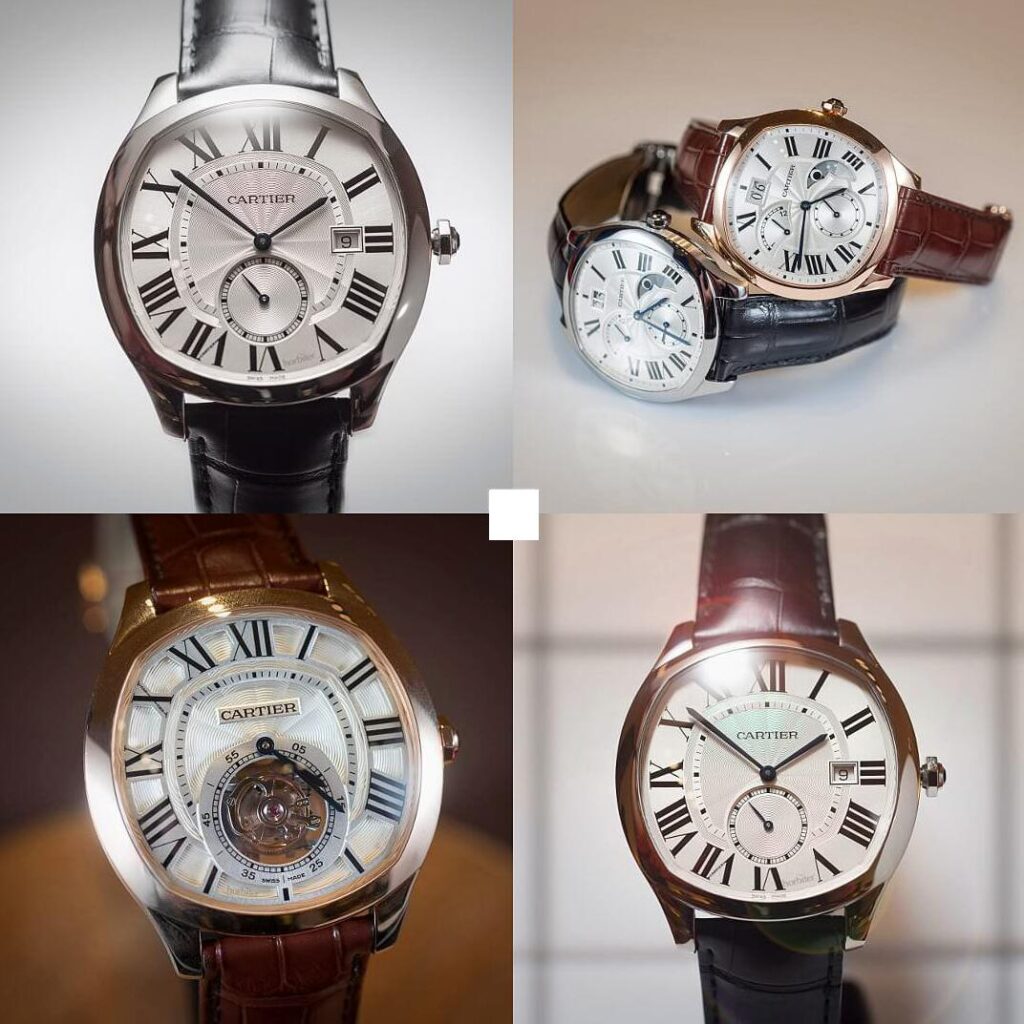
It inherits the style of the former, that thin linear profile with a constant section that goes from the bezel to the lugs. Cartier was openly inspired by the world of classic cars to create the Drive de Cartier collection and designed a cushion case that would give this collection a strongly masculine imprint.
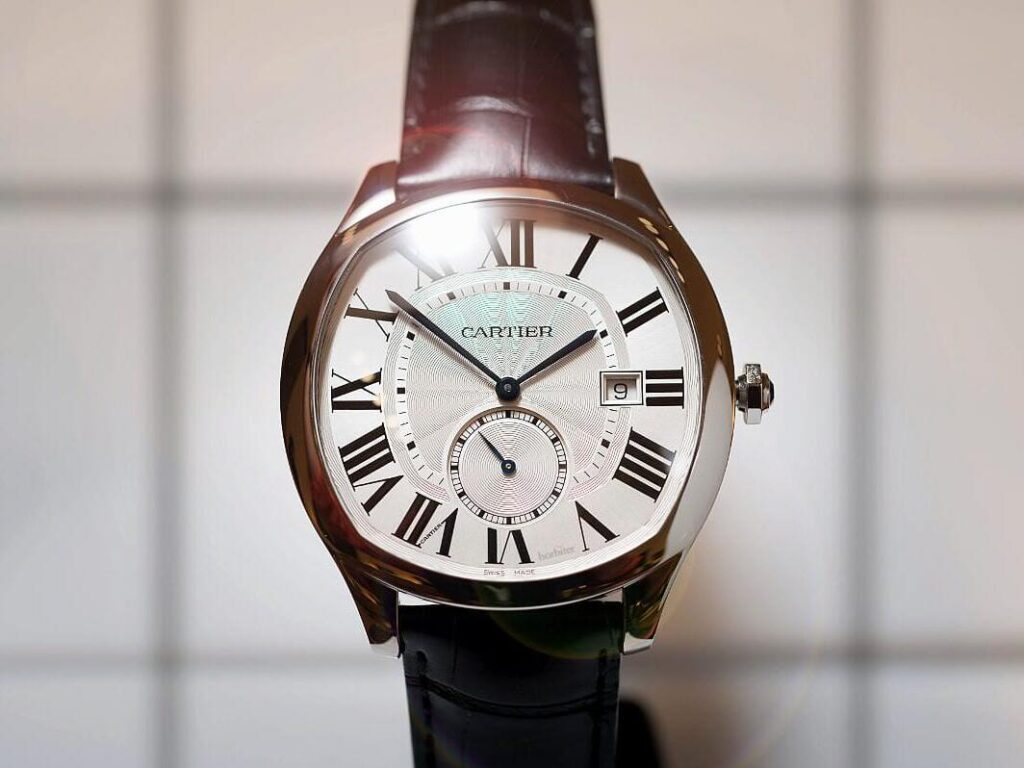
The Cartier Drive de Cartier comes in three versions, the first is a single time with small seconds at six available with a steel and rose gold case and three different dials, black, gray or white. The second adds the large date, the second time zone and the day-night indication. The Cartier Drive de Cartier haute horlogerie is a flying tourbillon caliber 9452 MC certified with the prestigious Hallmark of Geneva.
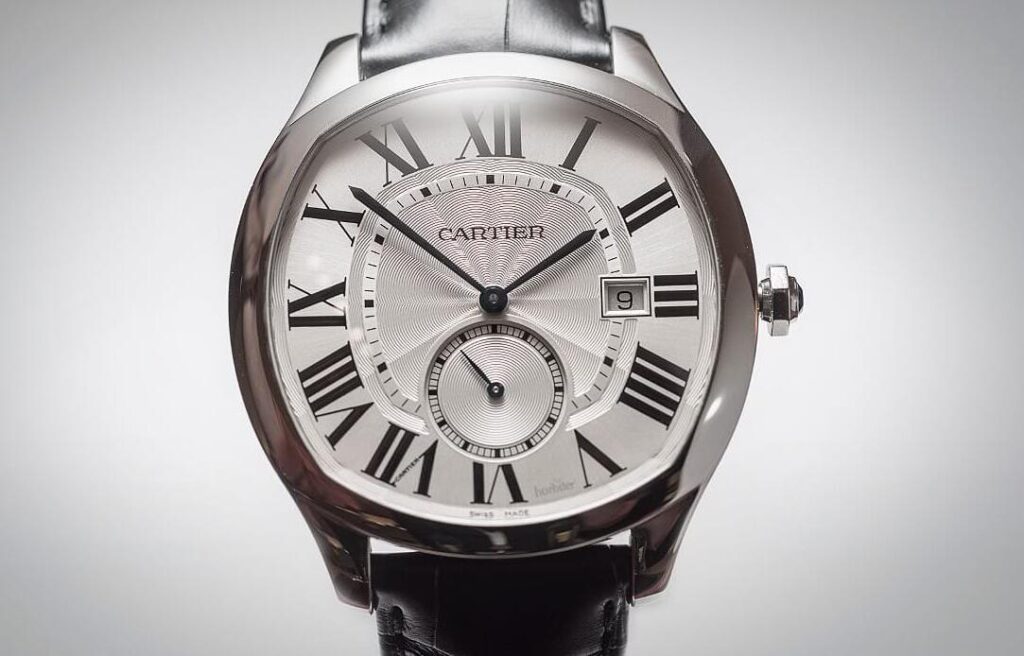
The case is perfectly polished on the bezel and lugs and satin-finished on the thin case band on which a small bolt-shaped crown is inserted. The intermediate version, the Cartier Drive de Cartier with large date, second time zone and day/night indication is available in both steel and rose gold and is the most original of the new creations.
Cartier has skilfully played with the geometry and distribution of spaces, taking inspiration from the indicators present on the dashboards of classic cars to design the second time zone, inserted between 10 and 11 o’clock and with a 12-hour scale, then adding an opening in the shape of segment of the moon inside which a colored banded disk rotates to indicate the gradual transition from day to night.
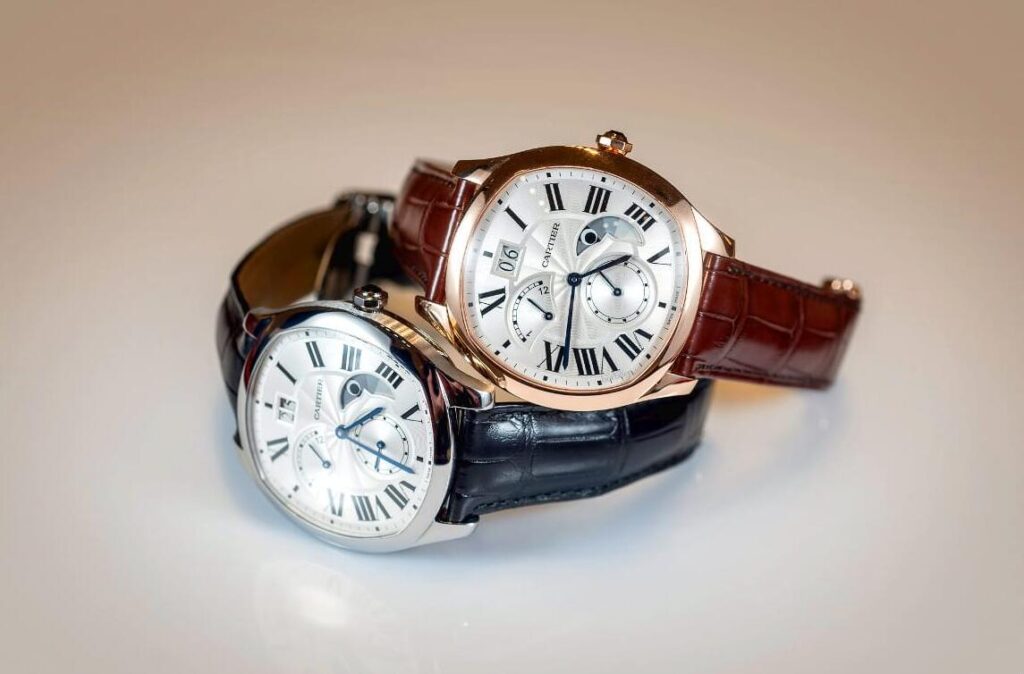
Speaking of mechanics, the Cartier Drive de Cartier are powered by the in-house caliber of the 1904 family, the PS–MC on the time-only version and its evolution 1904 FU–MC in the case of the second version, both born in 2014. The characteristics of this movement are excellent and demonstrate how far Cartier has come as a manufacturer.
The Cotes de Geneve decoration is the “least interesting” part if I think about everything I can appreciate from this image, such as the beautiful spiral adjustment system for example, with the small screw connected to a C-shaped “cam” of Cartier.
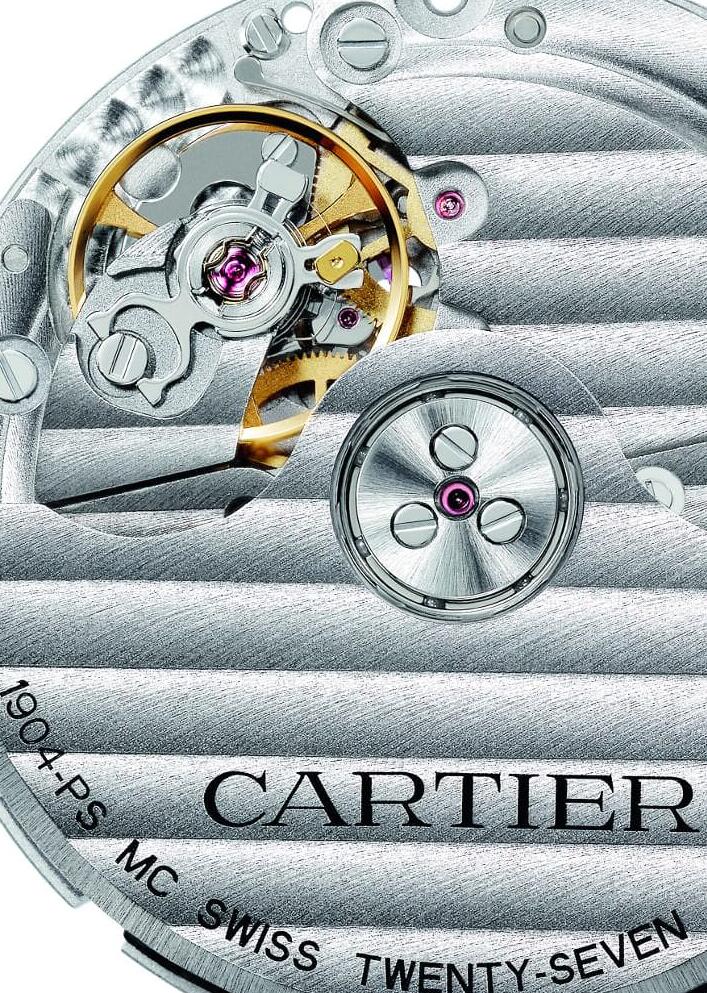
And what I don’t see, but there is, like the two winding barrels, the “hacking seconds” function and the seven ceramic ball bearings on which the bidirectional rotor oscillates. In the Cartier caliber 1904 FU–MC you can see, on the dial side, the wheel and ring for the large date and the wheel for the day/night indication.
On the latter, observing the dial, one notices that the guillochage which draws inspiration from the grille of a classic car is all over the dial and reaches the edge of the case, while the small seconds scale is stylistically simplified compared to the time only . The large date is in a rectangular window at 12 o’clock in a happier position and better integrated with the rest of the dial than the one chosen at 3 o’clock which breaks an otherwise almost perfect formal balance of time alone.
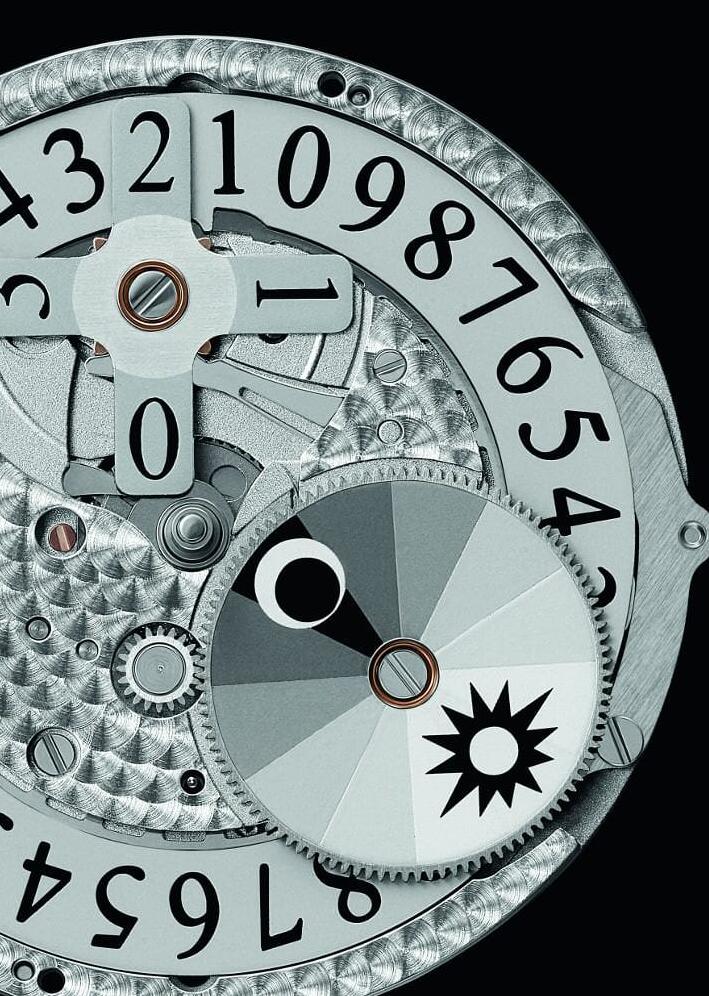
The Cartier Drive de Cartier Tourbillon is certified with the Hallmark of Geneva, and the flying tourbillon cage of the manually wound 3Hz caliber 9452 MC with 50 hours of power reserve indicates continuous seconds. Like all models with this certification, it is assembled and adjusted in Cartier’s haute horlogerie “Poinçon de Genève” workshops located above the Cartier boutique at 35 rue du Rhône, in the heart of Geneva.
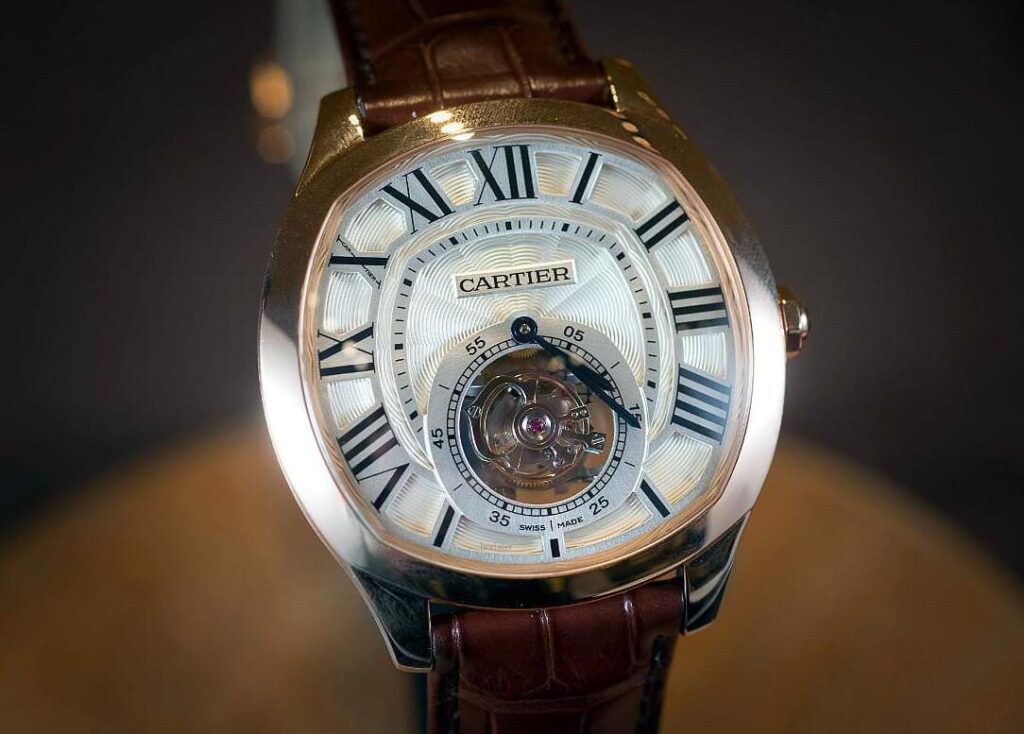
The dial is very different from that of other Drive de Cartiers; as in a Ballon Bleu de Cartier which features exactly the same caliber, the Roman numeral ring is raised above the guillochage and, a small curiosity, the size of the tourbillon cage has forced Cartier to move its “secret signature” from 7 o’clock at 10 o’clock.
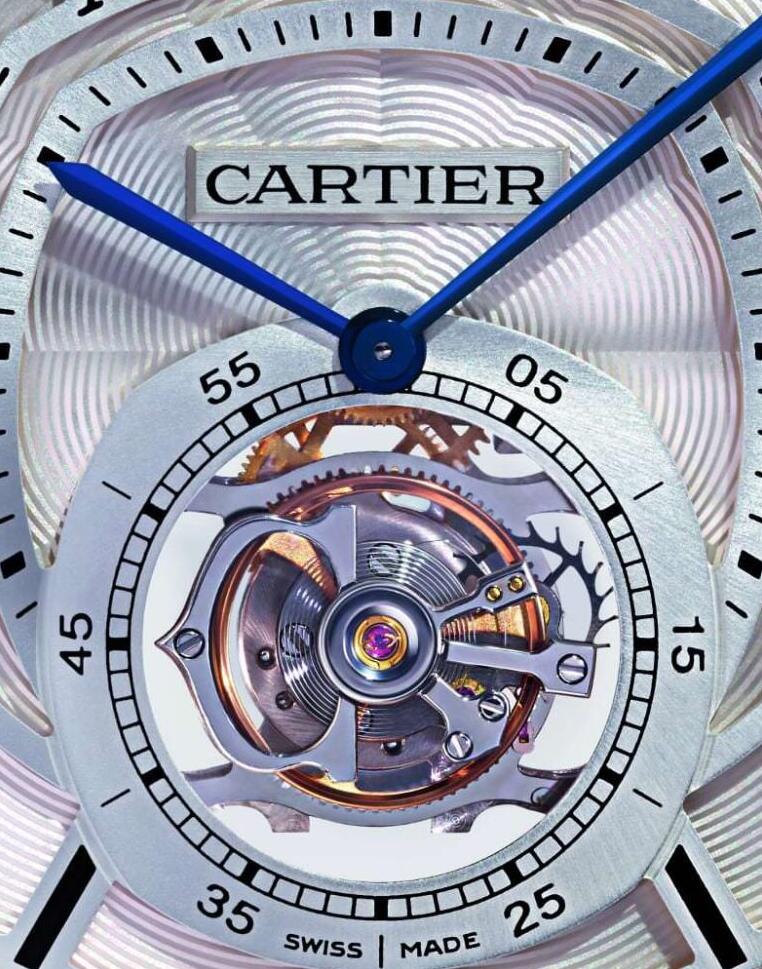
The Cartier Drive de Cartier is more than a sign of the maison’s desire to appeal more to the male public. All the collections, with some exceptions such as the Santos Dumont and the Caliber de Cartier Diver, are essentially unisex collections and I have the impression that there is a strategy in place aimed at characterizing men’s watchmaking more than women’s. The introduction of in-house calibers was perhaps waiting for a collection that was less classic, more “understated” and more masculine than the historical ones to give even more authority to the French master watchmaker rather than to the jeweller.